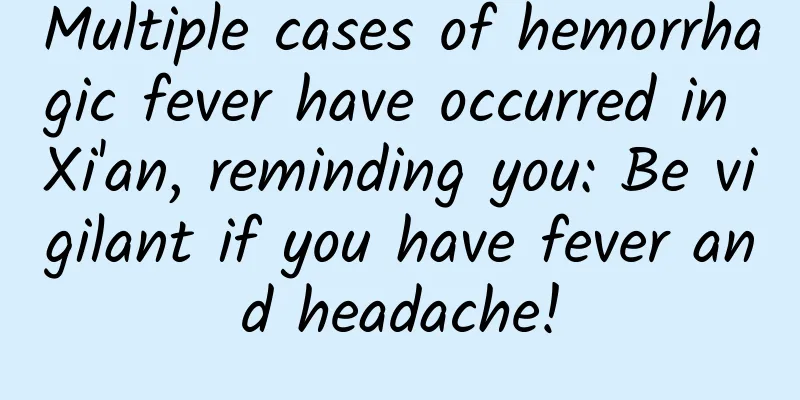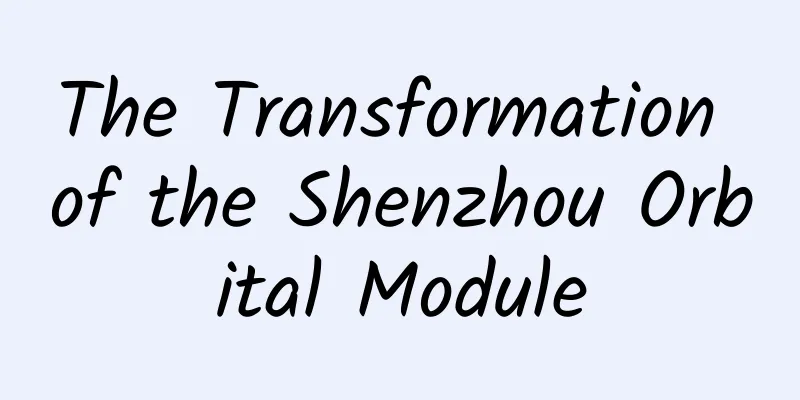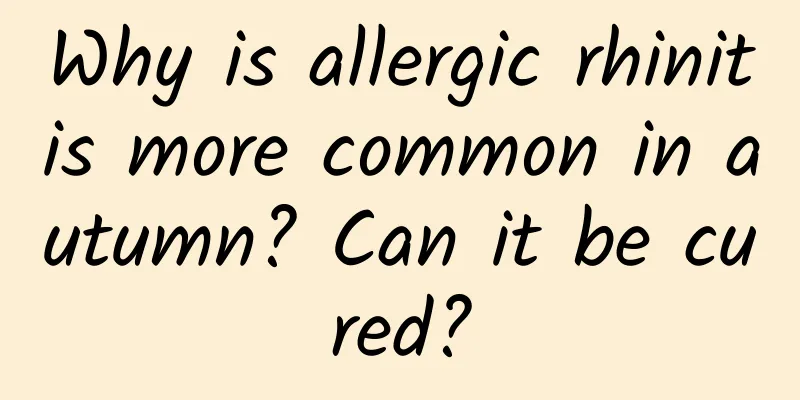The efficacy and function of Nandina domestica

|
Traditional Chinese medicine has always been the best choice for many people to treat diseases. It is very helpful in treating diseases and you can rest assured when choosing it. Today we will introduce a traditional Chinese medicine, Nandina domestica. [Other names] Red loquat (Wang Diangui's "Prescriptions without Medicine"), Tianzhuzi ("Three Wonderful Prescriptions"), red wolfberry ("Modern Practical Chinese Medicine"), southern bamboo ("Guangxi Chinese Materia Medica"), diamond yellow ("Commonly Used Chinese Herbal Medicines in Shanghai"). [Source] It is the fruit of Nandina domestica , a plant of the Berberidaceae family. Harvest the fruits when they are ripe in autumn or in the spring of the following year, dry them in the sun, and place them in a dry place to prevent them from being infested. [Original form] Nandina domestica, also known as: Lantian bamboo (Detailed Record of Bamboo), Yangtong (Compendium of Materia Medica), Lantian bamboo (Collection of Flowers), Dachun (Mirror of Flowers), cat umbrella, small iron tree, mouse thorn, and pearl-covered parasol. [Habitat distribution] It grows in sparse woods and bushes, and is mostly cultivated in gardens. Distributed in Hebei, Shandong, Hubei, Jiangsu, Zhejiang, Anhui, Jiangxi, Guangdong, Guangxi, Yunnan, Sichuan and other places. Produced in Jiangsu, Zhejiang, Guangxi and other places. [Properties] Dry fruit, nearly spherical, 6-9 mm in diameter, brownish red or dark red in appearance, smooth, slightly shiny, with a slightly protruding column base at the top and a fruit stalk or its remnant at the base. The peel is brittle and fragile. The seeds are oblate and slightly concave in the center. Tastes sour and astringent. The best ones are dry, red and complete. [Chemical composition] Contains biological alkaloids, the main component of which is nandina domestica methyl ether. Others include protopine, isocordyline, nandine, and nandine. It also contains agapanthus-3-xyloglucosyl glucoside and asteridin. 【Pharmacological action】 ①Effect on the central nervous system 【Nature and flavor】Sour and sweet, neutral, poisonous. 【Functions and indications】 Strengthens the lungs, relieves cough, clears the liver, and improves eyesight. Treat chronic cough, wheezing, whooping cough, malaria, and chancre ulcer. 【Usage and Dosage】 For oral use: decoct in water, 2-5 qian; or burn and grind into powder. For external use: mash and apply or grind into powder for application. 【Note】 It is not suitable for people with cough caused by wind-cold. [Additional prescription] ① Treating asthma in children: 3 grams each of candle seeds and wintersweet flowers after frost, and one water centipede. Collect them all in advance and decoct them with water before taking. (Three Wonderful Prescriptions) 【Excerpt】 《*Dictionary》 [Source] From "Supplement to Compendium of Materia Medica". From the above explanation, we have some understanding of the effects and functions of Nandina domestica. If you have any discomfort in your body, you can use Chinese medicine to regulate it. Chinese medicine has a long history of treating diseases, so you can eat it with confidence. |
<<: The efficacy and function of Nanteng
>>: Effects and functions of southern jujube
Recommend
The efficacy and function of golden waist arrow
The environment is now seriously deteriorating an...
Global warming: A detailed explanation of the 2021 Physics Nobel Prize for complex stochastic systems
According to the official website of the Nobel Pr...
Overeating again on the weekend? The harm of eating too much often is greater than you think
People always eat too much easily, sometimes beca...
Lucy mission: exploring the secrets of the solar system's "time capsule", what will the answer be?
"Lucy" is the name given by a group of ...
The efficacy and function of clove oil
Chinese medicine has different effects on our bod...
Did the Lifang system affect the people's "freedom to open the door"? Looking at the planning of ancient Chinese cities from the perspective of the Twelve Hours in Chang'an
one Seen from the ancient Tang Chang'an The p...
The efficacy and function of spoon grass
Traditional Chinese medicine has a history of tho...
Jellyfish are poisonous, so why are sea cucumbers edible?
I often see netizens say "Most jellyfish are...
Can I take Panax notoginseng powder when I’m pregnant?
During pregnancy, pregnant women should strengthe...
What are the medicinal values of paper mulberry?
Paulownia is a herbal plant, also known as Paulow...
Beware of high temperatures even in the beginning of autumn! How to provide first aid to patients with heat stroke?
Heat stroke is an extremely serious type of heat ...
Help! It’s so hard to get up in winter… How can I get up quickly and painlessly?
Planning and production Source: Curious Doctor Ed...
The efficacy and function of Tianchong
Tianchong is the product formed when young silkwo...
The efficacy and function of yellow corydalis
There are many types of Chinese medicine. When we...









